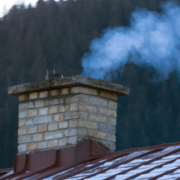Appreciating Local Expertise
Cooks are experts!
Community organizers often say that to be successful the solution has to come from the folks with the problem. Another important factor is to appreciate the culture and long evolved expertise in their technical and social solutions. The women at Rancho San Nicolas, where I lived for eight years, were incredibly skillful at cooking on an open fire and were understandably proud of their abilities when cooking perfect tortillas, fish, beans, soup, etc. At a fish camp, guys who were not cooking every day, had a lot of trouble making anything close to a succulent home cooked meal.
Along with the hundreds of technical skills that made ranching fun, culture made life easier and more beautiful. Ranch culture was at least half of competency and expertise. Laughing at life’s problems made overcoming them much more likely. Religion, nature, the beauty of living outdoors and liking the slow pace were strengths in my friends that I grew to envy and attempted to emulate.
Bringing innovations started with lots of failure. The first Rocket stoves became flowerpots. The first solar cookers became toilet seats and windows. Eventually, ARC appropriate technologists made prototypes that were simply put on public display. Of our many attempts to introduce ‘helpful’ technology, cement rat proof boxes were the biggest success.
We learned a lot more than we taught, starting with listening to our expert hosts. The shorter and higher firepower Rocket stove that has gone viral was created by women in 18 villages in Southern India. Dr. Winiarski had the idea and the cooks made it practical.

















